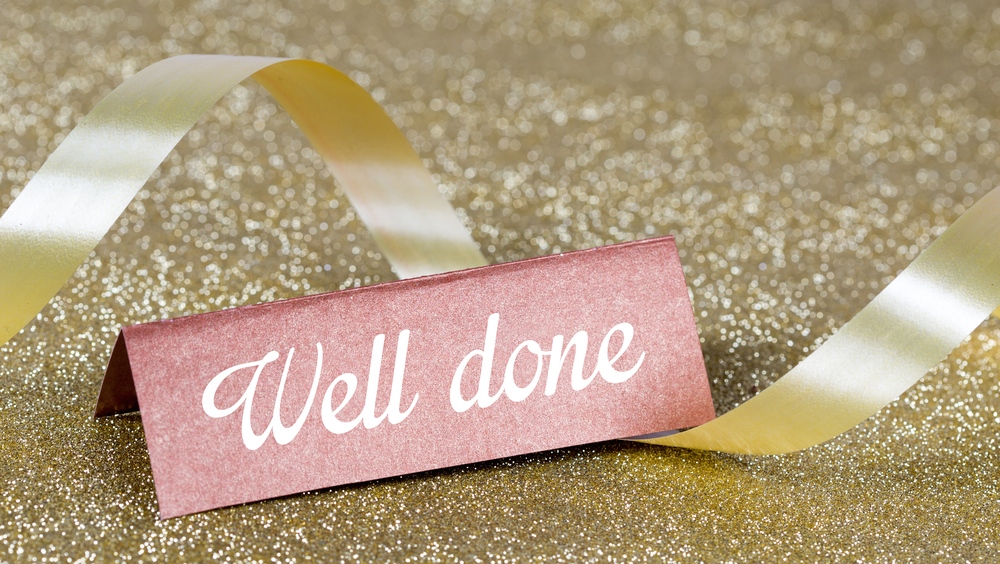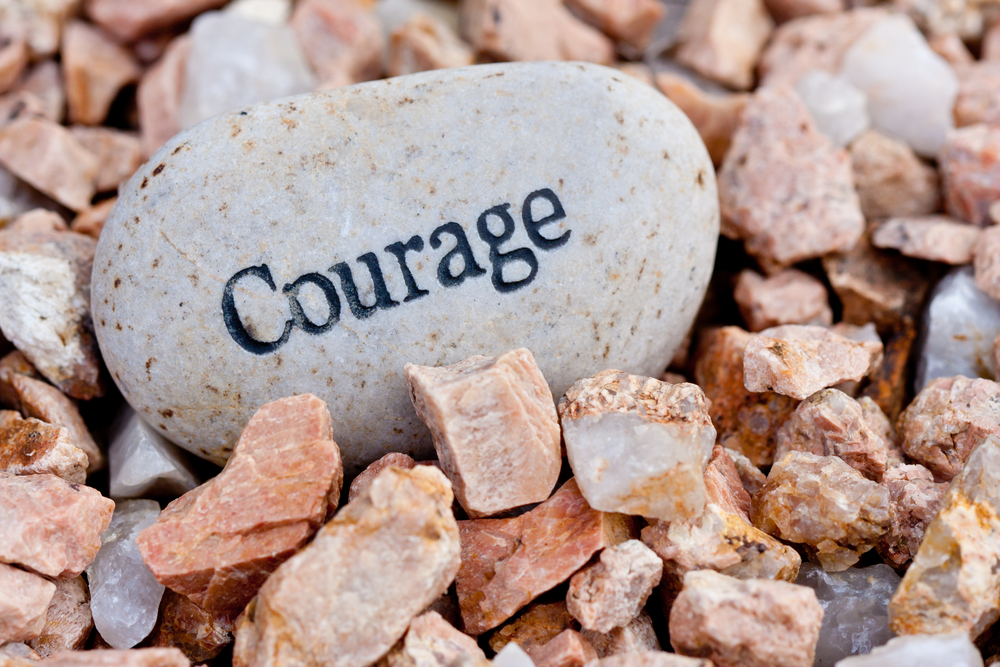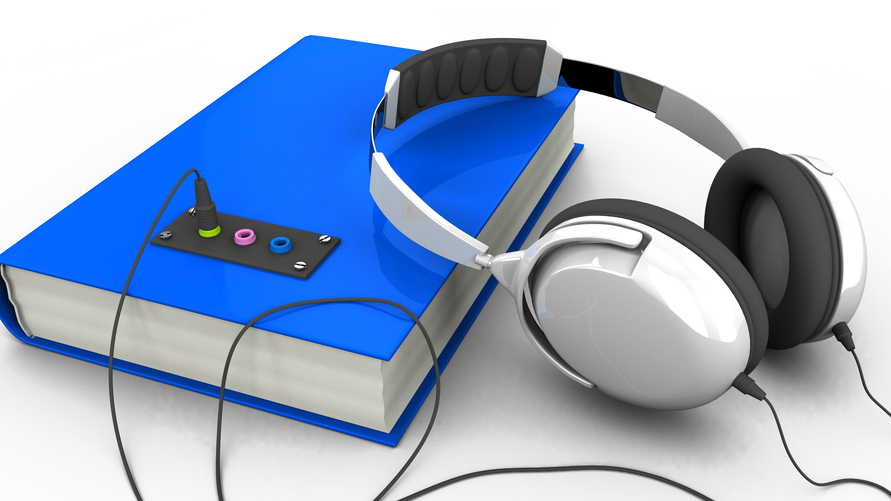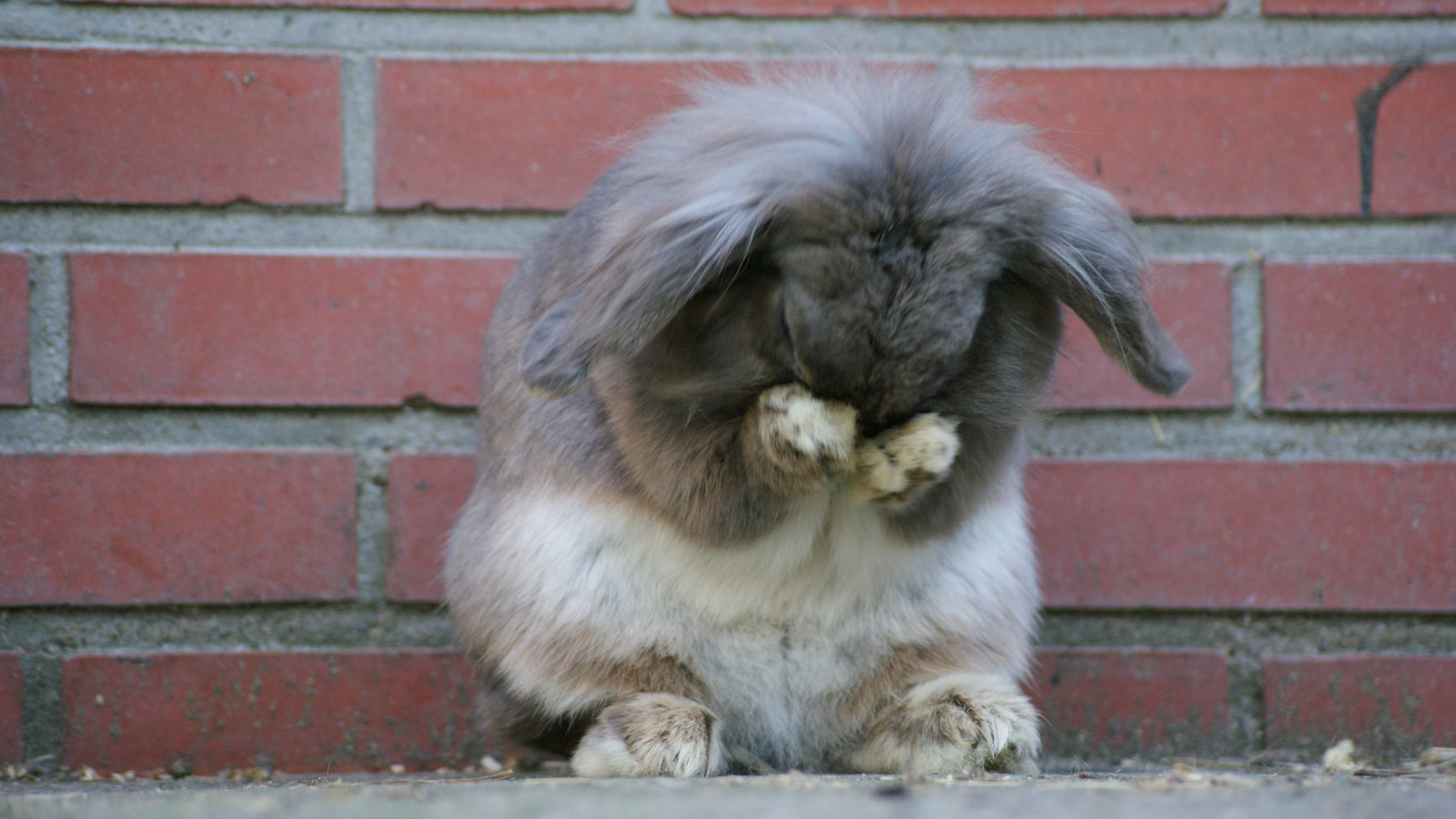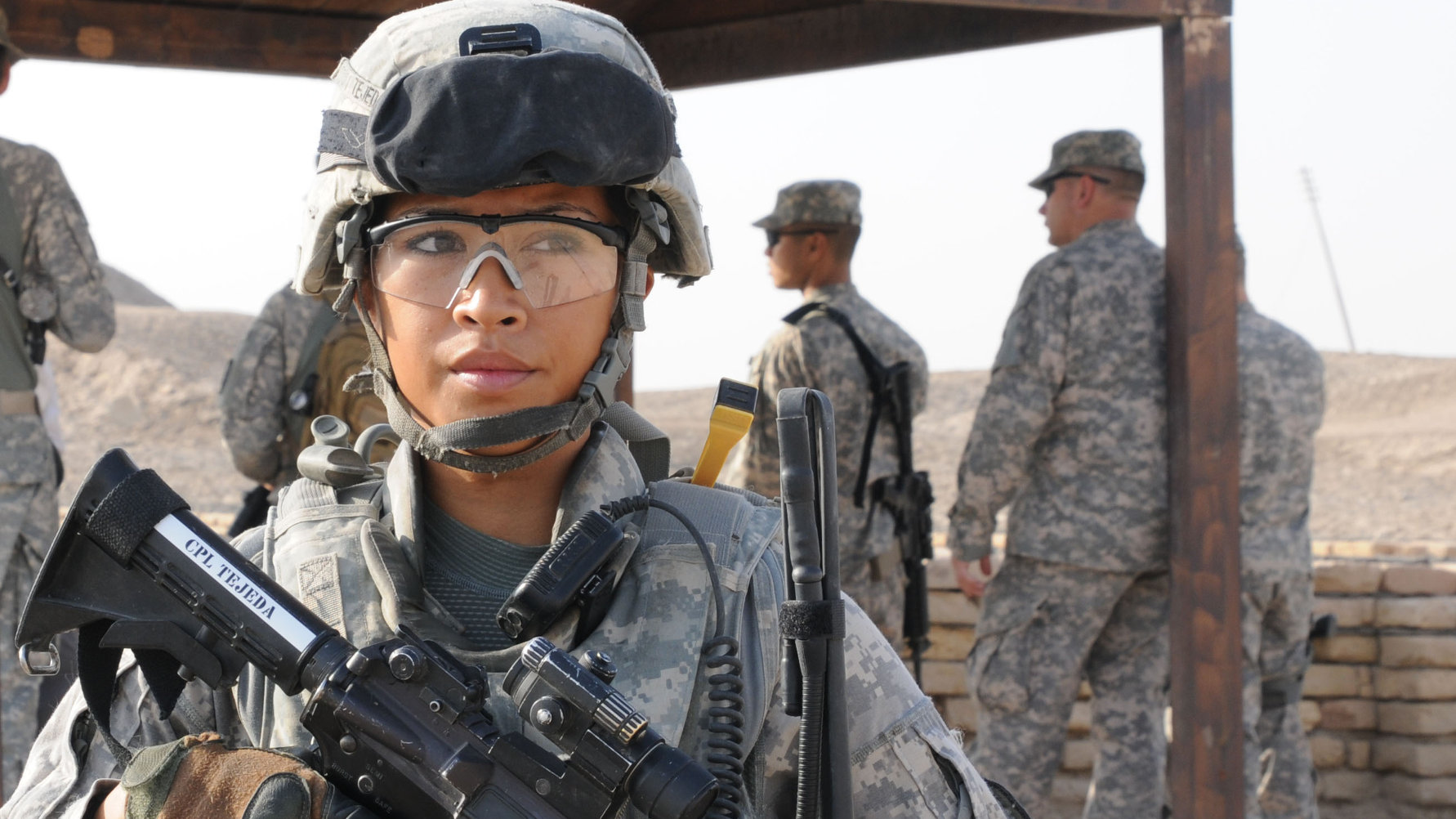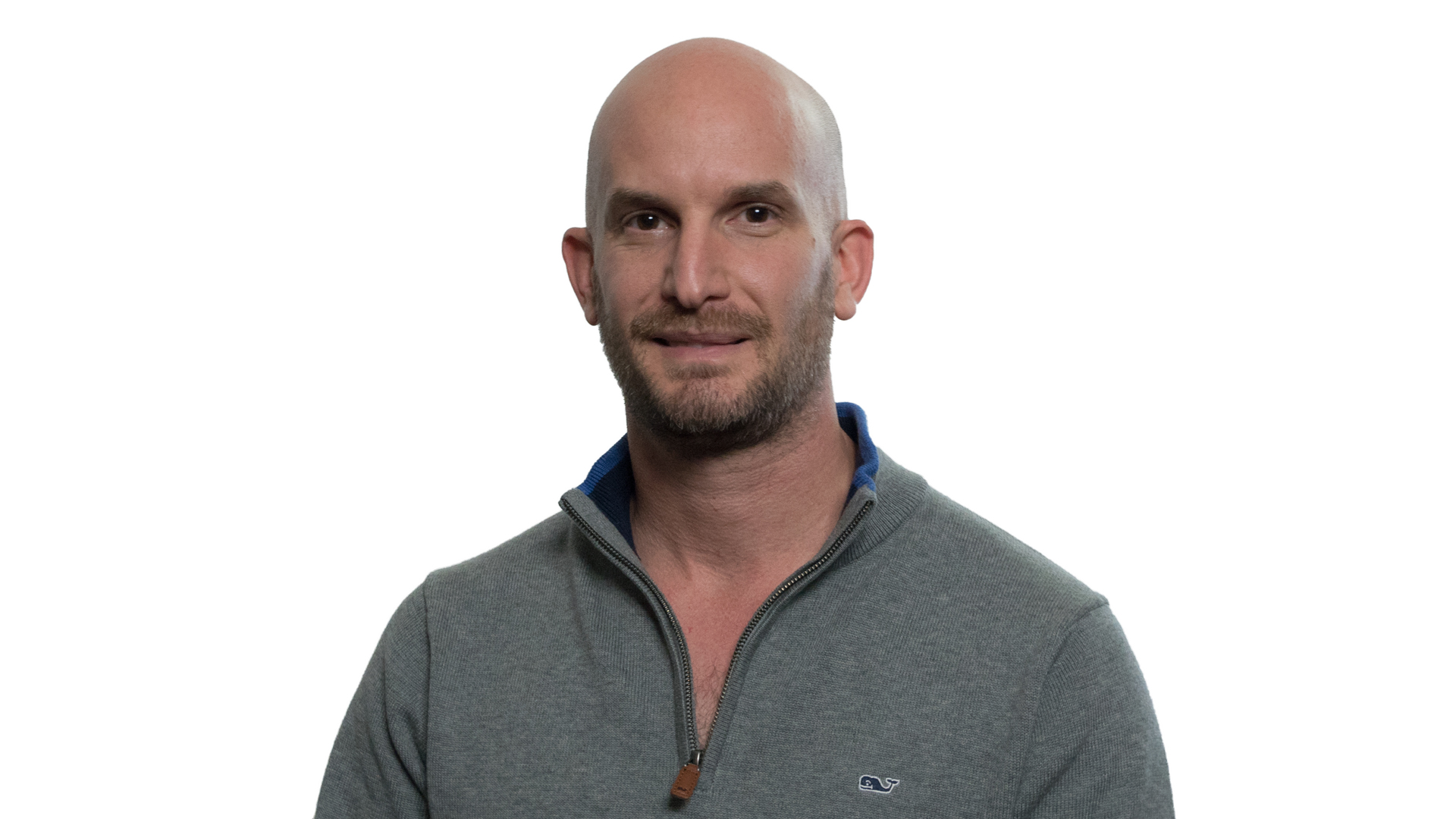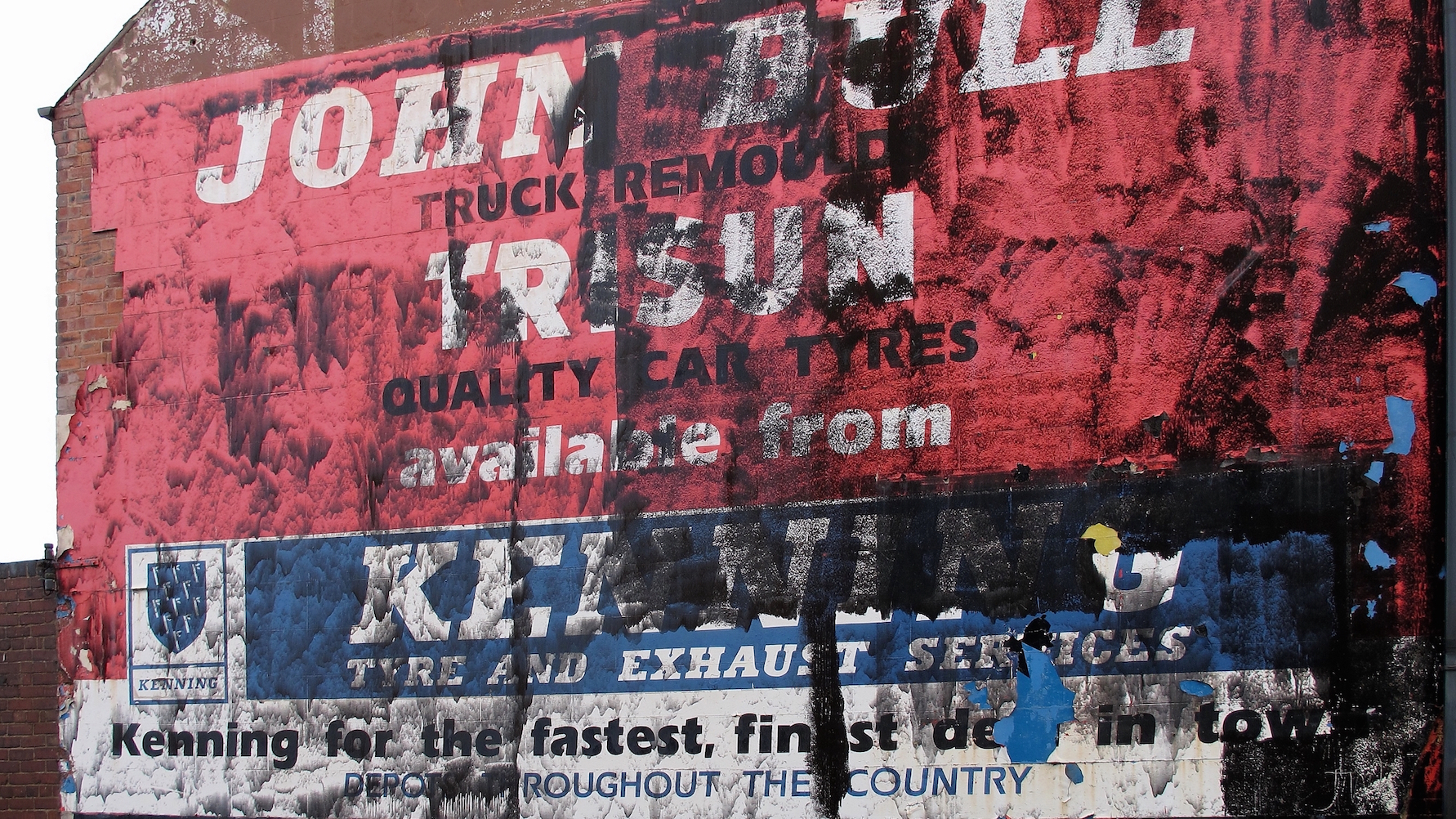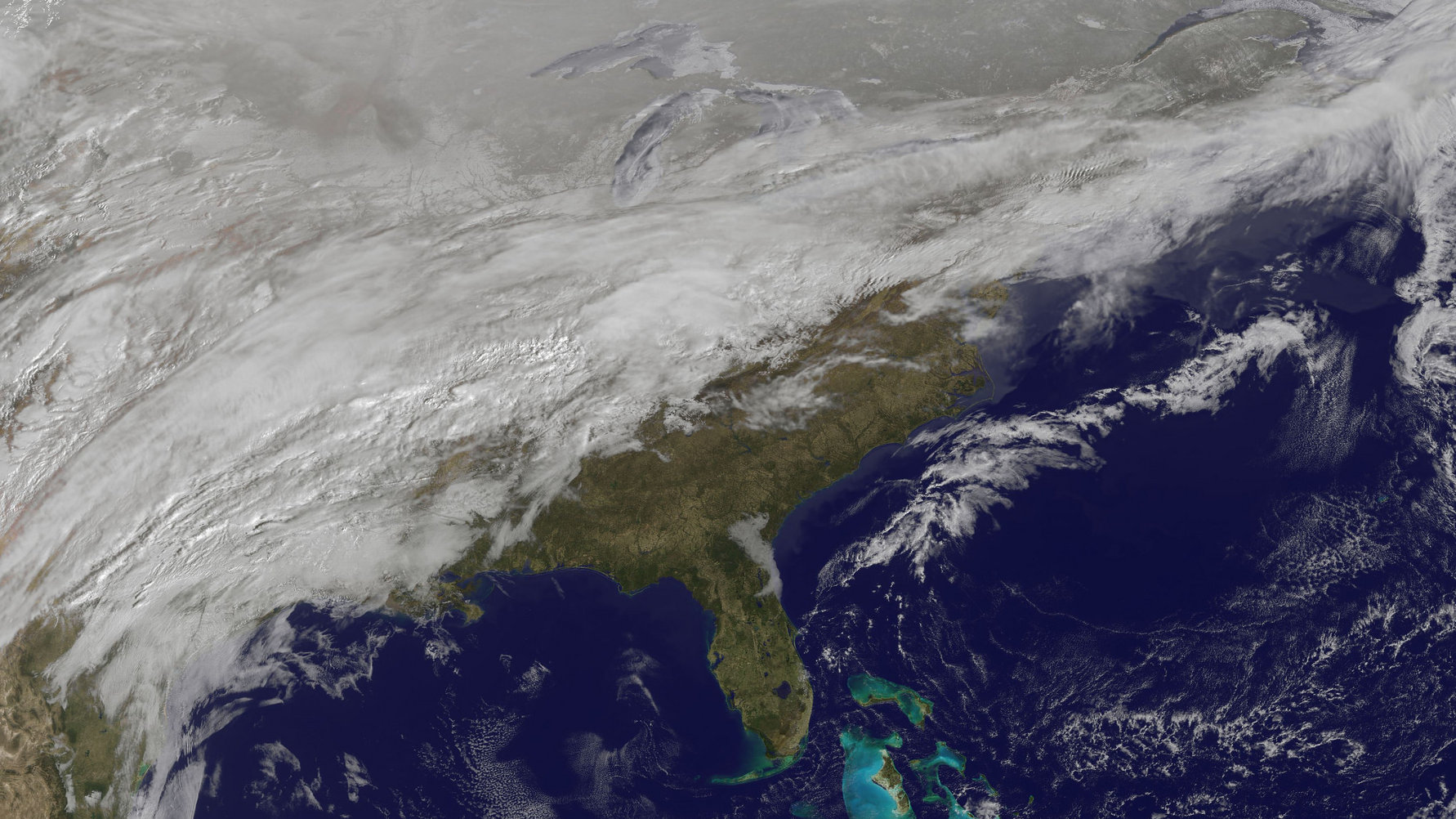Giving others credit when it isn’t due may sound counterintuitive, but it is what skilled managers and leaders do. The principle applies to people who work for us as much […]
Search Results
You searched for: D
It’s the oldest, most distant light we’ve ever seen. But where, exactly, is it? “We are told to let our light shine, and if it does, we won’t need to […]
Art, music, and gym are always the first to go when school administrators seek cuts, yet a child’s physical well-being is just as important to society as his or her intellectual skills.
We begin our careers full of optimism. We expect to encounter people who are eager to hear what we have to say — as our teachers were in school or […]
A week from today, researchers will gather for a neuroscience conference in Washington D.C. titled “Gut Microbes and the Brain: Paradigm Shift in Neuroscience.”
The Universe contains black holes billions of times as massive as our Sun. “It is by going down into the abyss that we recover the treasures of life. Where you […]
The degree to which the online abuse occurs could necessitate anything from a simple Facebook block to, in more dire cases, a call to the police.
Advances in download speed, digital storage, and device capabilities have led to an audiobook renaissance. With such a rising demand for spoken entertainment, could the dormant audio drama format make a mainstream comeback?
A disease still in the initial stages of investigation causes some individuals to literally get drunk from eating normal amounts of carbohydrates.
When the Whitney Museum of American Art decided to stage in 1948 their first exhibition of a living American artist, they chose someone who wasn’t even an American citizen, but only legally could become one just before his death. Painter Yasuo Kuniyoshi came to America as a teenager and immersed himself in American culture and art while rising to the top of his profession, all while facing discrimination based on his Japanese heritage. The exhibition The Artistic Journey of Yasuo Kuniyoshi, which runs through August 30, 2015 at the Smithsonian American Art Museum in Washington, DC, unveils an amazing story of an artist who lived between two worlds — East and West — while bridging them in his art that not only synthesized different traditions, but also mirrored the joys and cruelties of them.
This International Women’s Day, celebrate Henrietta Leavitt, who took us beyond the stars and into the galaxies. “Her will tells nearly all. She left an estate worth $314.91, mostly in […]
Crying, like blushing, is an uncontrollable emotional response. So, how can we keep from shedding tears during inconvenient times? A little physical pain.
Male war heroes are more likely to snag a date than their female counterparts. It seems warrior-women don’t meet with our primate brain’s idea of attractive, according to researchers.
How we’re still, only now, just discovering the closest stars to Earth. “As a boy I believed I could make myself invisible. I’m not sure that I ever could, but […]
Few American cultural institutions stared as deep into the yawning, austerity-driven abyss of large-scale deaccessioning as The Detroit Institute of Arts. When the City of Detroit declared bankruptcy in 2013, vulturous creditors circled the DIA’s collection, estimated worth (depending on the estimator) of $400 million to over $800 million. Some experts see signs of a Detroit comeback, however, but one very visible sign is the new DIA exhibition Diego Rivera and Frida Kahlo in Detroit, a showcase of the city’s ties to Mexican artists Frida Kahlo and Diego Rivera as well as a tribute to Kahlo’s and Rivera’s own artistic comebacks. Few exhibitions truly capture the spirit of a city at a critical moment in its history, but Diego Rivera and Frida Kahlo in Detroit is a show of comebacks that will have you coming back for more.
If they’re so massive that not even light can escape, how can we see them? “According to the special theory of relativity nothing can travel faster than light, so that […]
More than 20 years ago, the sitcom Seinfeld went “meta” and joked that it was “a show about nothing.” But 20 years before George Costanza’s epiphany, artist Richard Tuttle was staging shows about nothing featuring works such as Wire Piece (detail shown above) — a piece of florist wire nailed at either end to a wall marked with a penciled line. But, as Jerry concludes, there’s “something” in that “nothing.” A new retrospective of Tuttle’s art at the Fabric Workshop and Museum in Philadelphia, Both/And: Richard Tuttle Print and Cloth, dives into the depths, and widths, of this difficultly philosophical, yet compellingly simple artist who takes the everyday nothings of line, paper, and cloth to create extraordinary statements about the need to be mindful of the artful world all around us.
Entering the market for personal health trackers is Cue – an affordable, user friendly mini-lab that allows you to test five important molecules in your body indicating fertility, influenza, testosterone, […]
With the May 1st grand opening to the public of its new building in Manhattan’s Meatpacking District, the Whitney Museum launches a new era not only in the New York City art scene, but also, possibly, in the very world of museums. Thanks to a Renzo Piano-designed new building built, as Whitney Director Adam D. Weinberg put it, “from the inside out” to serve the interests of the art and the patrons first, the new Whitney and its classic collection of American art stretching back to 1900 has drawn excited raves and exasperated rants from critics. Their inaugural exhibition, America Is Hard to See, gathers together long-loved classic works with rarely seen newcomers to create a paradox of old and new to mirror the many paradoxes of the American history the art embodies and critiques by turns. This shock of the new (and old) is the must-see art event of the year.
Designers of the new federal system for sending emergency alerts to our cellphones devoted a lot attention to setting up the technical aspects, but not enough to figuring out what the messages should say. Research suggests those messages don’t say enough to keep us safe.
In a long-term study of nearly 10,000 individuals, a team of scientists at Cambridge University found that sleeping more than eight hours per night correlates with a higher risk of stroke.
The “Kindness Diaries” author recounts an inspirational story of generosity that changed his life.
A long-lost, completed manuscript belonging to famous children’s author Ted Geisel — better known as Dr. Seuss — is scheduled for release in July 2015.
Could humans someday live to be 1,000 years old? Life extension and radical longevity are rising topics of conversation among futurist circles… and wealthy tech entrepreneurs are listening.
Perhaps in an attempt to compete with disruptors like Airbnb, some hotels are upping their game by incorporating new technology with regard to facilities and amenities.
You’re not broken. I promise. I can understand why you would think you are, though. After all, you’re an expert in yourself. Like a fine painter, you’re so familiar with […]
How do recent weather patterns influence our overall perceptions? Researchers seem to think, “Rain or shine, our minds tend to prize their freshest impressions.”
Cholesterol, coffee, and alcohol are among the winners in the government’s new dietary advisory report, which is helping to create the nation’s official 2015 dietary guidelines.
Could everything we’ve put together about science turn out to be wrong? “Revolutions are something you see only in retrospect.” –Alan Greenspan We’re always on the lookout for the next […]
UPDATE: This has been solved, thanks to our unbelievably amazing fans.
